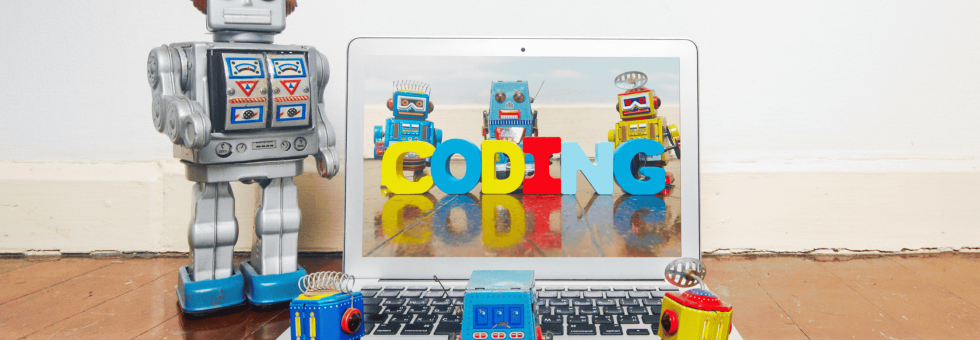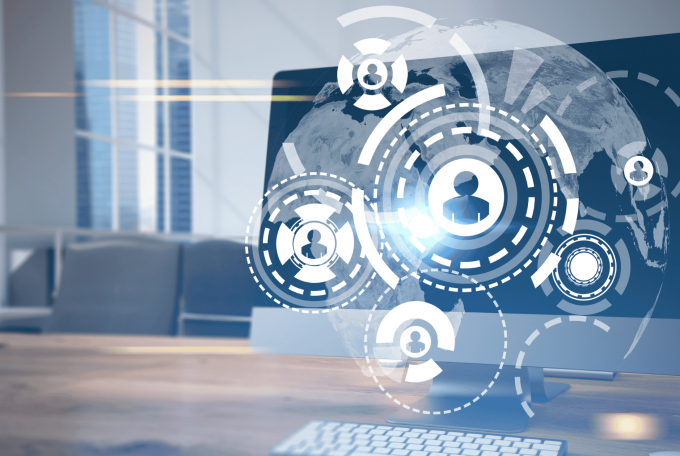Introduction to Reinforcement Learning in Robotics
Reinforcement learning (RL) is a type of machine learning where an agent learns to make decisions by interacting with an environment. It does this by receiving feedback in the form of rewards or penalties based on its actions. In robotics, RL is used to teach robots to perform tasks by trial and error, where the robot improves its performance over time based on feedback.
In the context of robotics, the “environment” could be anything from a simulated space (such as a robot arm in a virtual world) to the real world, with sensors providing data about the robot’s current state. The robot, or agent, learns the best actions to take to maximize long-term rewards, such as reaching a goal or avoiding obstacles.
Techniques for Reinforcement Learning in Robotics
- Q-Learning:
- Q-Learning is a model-free RL algorithm where an agent learns a value function (Q-function) that estimates the expected future reward for each action in a given state. The agent updates this function over time through interaction with the environment, gradually improving its behavior.
- Deep Q-Networks (DQN):
- DQN combines Q-learning with deep learning by using neural networks to approximate the Q-function. This allows it to handle environments with large state spaces, such as images or continuous data. DQNs have been successfully applied in various robotics tasks, especially when the state space is high-dimensional.
- Policy Gradients:
- Policy gradient methods focus directly on optimizing the policy function, which maps states to actions. Instead of learning a value function like in Q-Learning, these methods learn a direct mapping from states to actions, improving the agent’s policy over time. Policy gradients are often used in continuous action spaces, which is common in robotics.
Example: Training a Robot Arm Using OpenAI Gym and ROS
In this example, we will use OpenAI Gym, a popular toolkit for developing and comparing RL algorithms, in conjunction with ROS (Robot Operating System) for controlling a robot arm. OpenAI Gym provides a simulated environment for the robot arm, while ROS handles the low-level control and communication with the robot hardware.
The goal is to train the robot arm to learn how to perform tasks like reaching for an object or following a specific trajectory, using reinforcement learning.
Code Snippet: Training the Robot Arm Using OpenAI Gym
import gym
# Create a robot arm environment from OpenAI Gym
env = gym.make("RobotArm-v0")
# Reset the environment to initialize the state
state = env.reset()
# Run the simulation for 1000 steps
for _ in range(1000):
# Sample a random action from the action space
action = env.action_space.sample()
# Take the action and receive the new state, reward, and info
state, reward, done, info = env.step(action)
# Render the environment to visualize the robot arm's movement
env.render()
# Check if the episode has ended (e.g., task completed or time limit exceeded)
if done:
break
Explanation of the Code:
- Gym Environment Setup:
- The environment
RobotArm-v0is created using OpenAI Gym. This environment represents a simulated robot arm that the agent (robot) will learn to control. - State Reset:
env.reset()initializes the environment, providing the agent with the initial state of the robot arm.- Random Action Selection:
- The robot arm chooses an action randomly from its action space using
env.action_space.sample(). In a real RL setup, the agent would learn to select actions based on the current state, but this code demonstrates random exploration. - Environment Interaction:
- The robot arm performs the selected action using
env.step(action), which returns the new state, the reward received, whether the task is done, and additional information. - Visualization:
env.render()renders the environment so you can visually monitor the robot arm’s movements during training.- Episode Termination:
- The loop terminates if
doneisTrue, indicating that the robot arm has either completed its task or exceeded the time limit.
Conclusion
Reinforcement learning in robotics is a powerful tool for teaching robots to perform tasks autonomously by interacting with their environments. Through techniques like Q-Learning, Deep Q-Networks (DQN), and Policy Gradients, robots can learn to make better decisions over time based on the rewards they receive. By leveraging frameworks like OpenAI Gym and ROS, we can simulate and control robotic environments for training RL models effectively.
In this article, we explored the basics of reinforcement learning in robotics, introduced common RL techniques, and provided a practical example using OpenAI Gym to train a robot arm. With further experimentation and tuning, reinforcement learning can be applied to more complex and real-world robotic tasks, enabling robots to perform a wide variety of actions and achieve high levels of autonomy.
FAQs
- What is OpenAI Gym, and how is it used in reinforcement learning?
- OpenAI Gym is a toolkit that provides a variety of environments for developing and testing reinforcement learning algorithms. It offers a unified API for interacting with different environments, making it easy to experiment with and compare different RL algorithms.
- What is the difference between Q-Learning and Deep Q-Networks (DQN)?
- Q-Learning is a model-free reinforcement learning algorithm that learns a value function for each state-action pair. Deep Q-Networks (DQN) extend Q-learning by using deep neural networks to approximate the Q-function, allowing it to handle more complex environments with high-dimensional state spaces, such as images or continuous data.
- Why are policy gradient methods useful in robotics?
- Policy gradient methods are particularly useful in robotics because they allow agents to learn in continuous action spaces, which are common in robotics tasks such as controlling a robot arm or balancing a robot. These methods directly optimize the policy, making them well-suited for real-world control tasks.
Are you eager to dive into the world of Artificial Intelligence? Start your journey by experimenting with popular AI tools available on www.labasservice.com labs. Whether you’re a beginner looking to learn or an organization seeking to harness the power of AI, our platform provides the resources you need to explore and innovate. If you’re interested in tailored AI solutions for your business, our team is here to help. Reach out to us at [email protected], and let’s collaborate to transform your ideas into impactful AI-driven solutions.





